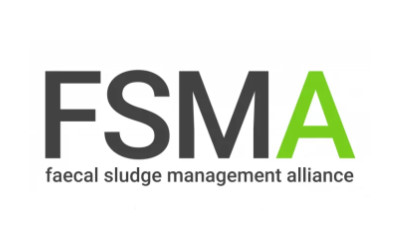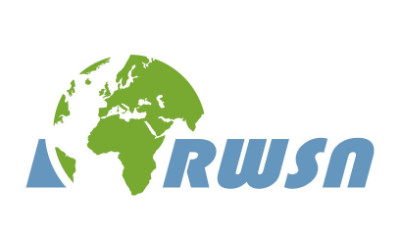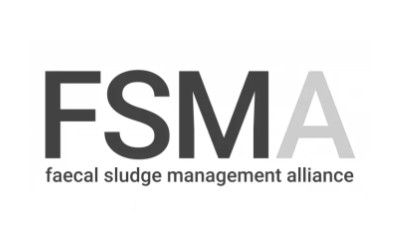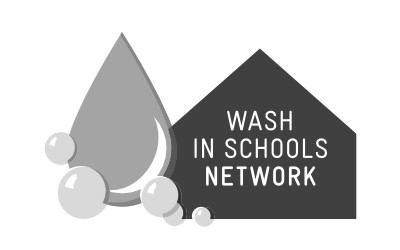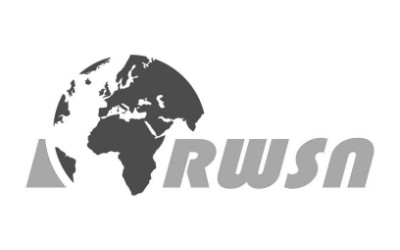Why is this important


To ensure hygienic and affordable public toilet facilities (quality infrastructure and effective service delivery) for all citizens, cities have to develop realistic and demand-oriented citywide public toilet strategies and ensure their effective implementation through standardized tools such as action plans and Detailed Project Reports (DPR). While the action plan provides a bird’s eye view of the citywide actions, DPRs provide micro-level insights of the specific projects or project packages with a view to finance and implement them.
Contents
1. Contract selection: OMT, BOT, SC, ROMT, Maintenance
2. Procurement and bidding process
3. Drafting and issuing the contractual process

How to go about it
The business model chosen (operational model, footfall, financial viability), capacities of the potential operators, and subsequent division of responsibilities (construction, maintenance, etc.) decide the type of contract. The contractual instruments for managing public toilets must have emphasis on service delivery and address performance concerns (incentives and penalties). The contracts must be drafted on a fair and equitable basis with risks being allocated between parties who are best suited to handle them. The main steps to consider when drafting a contract are:
1. Contract selection: OMT, BOT, SC, ROMT, Maintenance
The three most common contract structures for public toilet projects are Build Operate and Transfer (BOT), Renovation Operation, Maintenance Transfer (ROMT) and Maintenance Contracts (MC) and variants of the same (Table). BOT models are suitable for new constructions and retrofitting, while Maintenance Contracts can be used for new constructions, retrofitting as well as existing assets. They should be adopted in high footfall areas. Cross-subsidization of BOT and MC providers should be considered in areas of low footfall. In case a cluster requires a combination of contracts (i.e. BOT or MC), it should be packaged into 4–5 projects to achieve scale and ensure a reasonable mix of usage levels (e.g. 3 high-to-medium footfall; 2 low footfall locations in one package; 2 open urinals).

2. Procurement and bidding process
The procurement process starts after the project structure has been finalized. Bid documents are prepared according to the project specifics and bidder selection option. Processes are standardized across all states and sectors. The procurement strategy should be suitable to the selected contract type, staged and in line with the key governing principles. The procurement culminates in the issuing of the Letter of Acceptance (LoA) to the private partner.
Objectives of the procurement process:
- Reduction of cost associated with selection of a private partner
- Optimization of public services delivery
- Efficient public funds allocation & use
- Fair competition for eligible participants
- Transparency & legal certainty
The main steps of the process are:
Empanelment of operators (at city or at state level):
Identify a pool of agencies that can render services of a particular order and scale. The number of potential bidders for a specific project and their capacities influence the selection of the bidder.

Bidder selection:
Bid parameters options to select the preferred bidder are:
- Number and capacities of potential operators define the type of contract (i.e. BOT), corresponding concession period as well as the premium and subsidy.
- Number and size of clusters are key aspects for finalizing the procurement strategy.
- Toilet structure & maintenance services rendered: Toilet structure elements such as solar energy system, wastewater treatment, rainwater harvesting, etc. as well as proprietary products such as e-toilets influence the bidder selection. It is recommended to have one contract integrating all elements and their respective modes of procurement to ensure that one entity is responsible for the overall service delivery (rather than separate contracts with multiple entities). To do so, the contract documents are to be adjusted to allow the operator to obtain or provide the specialized services. The corresponding requirements need to be integrated into the overall bid itself (service charter).
- Operation of the assets: Selection of bidder offering the highest premium (bidder’s estimate of the footfalls and revenues when user chargers retained by operator and no subsidy offered) or lowest capital grant or subsidy to be paid by the municipality (make development and O&M as per the prescribed standards more viable).
Check that pre-requisites are fulfilled:
Before the procurement process begins, the municipality needs to ensure that prerequisites such as technical, financial feasibility, administrative approval, funding, etc. are in place.

Prepare bid and tender documents
This is the stage where the project bid documents are prepared to bind both the public entity and the private party upon completion of the procurement process. Bid documents are to ensure:
- Fair and transparent process compliant with public procurement rules and laws (legal strength and tenability to the transactions carried out by the contract parties)
- Submission of informed proposals (project details, eligibility criteria, evaluation methodology, instructions for bidding and submission of proposals, bids, timelines, terms and conditions)
The tender and eligibility criteria (capabilities, number of PT operated) define who (existing national, regional and local PT operators; potential new entrants) will be able to bid for the project.
3. Drafting and issuing the contractual agreement
Roles, responsibilities and capacities of the parties, payment conditions, default conditions etc. need to be considered while developing the contract document. The service charter defines the required facilities, service level and standards (O&M, construction or retrofitting) to ensure quality and sustained use. To guarantee service delivery, clear incentives and penalties should be chalked out. Incentive mechanism can be in the form of awards and recognition for contractors based on the actual service delivery. Penalties can be imposed through mechanism of performance guarantee at the point of signing the contract and appropriated by the municipality upon non-performance. To do so, the municipality is to always retain monitoring and enforcement of roles and responsibilities. The performance monitoring mechanism needs to be set out in the contract (Monitoring Framework).

Application On Ground
Tirupati
The increased use of BOT contracts did not bring about improved service deliver. Some of the critical challenges that Tirupati faced in the asset management of public toilets could be traced back to gaps and inconsistencies in the contracts award and structuring process (i.e. no standardized contract agreements, no design specifications/service standards, no cross-subsidization requirement, inconsistent and too long concession periods, no penalties and lack of clarity on r land transfer/acquisition and clearances). To put an end to monopolies, unfair competition, poor service provision/depilated facilities and sub-optimal return for municipality, GIZ assisted TMC to develop effective model contract/tender documents (RFP, RFQ, concession agreement).
Shimla
Tender documents have been prepared for the city’s three shortlisted cluster options (revenue potential based clustering – high, medium, low); each having different qualification criteria as per the respective operational and business models to facilitate the selection of the most suitable bidder/operator for each cluster. Main contractual aspects for the different clusters are: ROMT / O&M Contract for Clusters 1 & 2 - high & medium footfall (revenues just sufficient to cover O&M): (1) Operator: minor and major maintenance works; MCS: finance renovation works; (2) Operator receives periodic payments during operation period and grant for refurbishment (based on viability); (3) Listing of specific details for each toilet (inventory, current status, repair works) and basic amenities for all toilets. Community based model for Cluster 3 - low footfalls: (1) Operator to take assistance from community for operating the toilets (requires training in book keeping, monitoring the usage of toilets, etc.); (2) Maintenance through service contracts, specifying cleaning cycles for peak/non-peak hours; (3) monthly passes at nominal rates to regulate usage; (4) MCS ensures adequate water/power supply and covers cost of construction.







